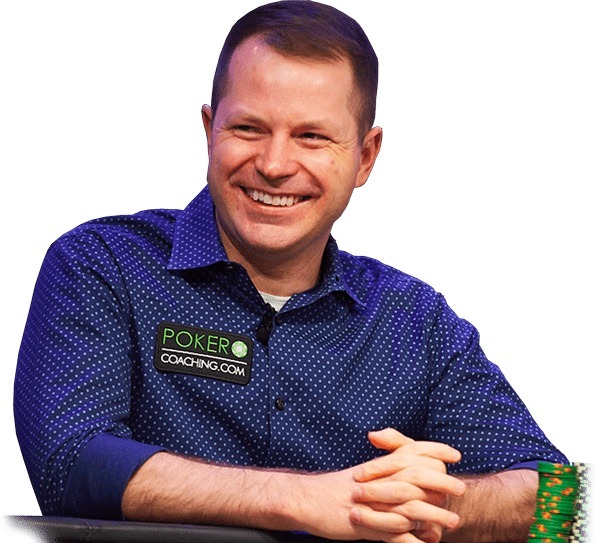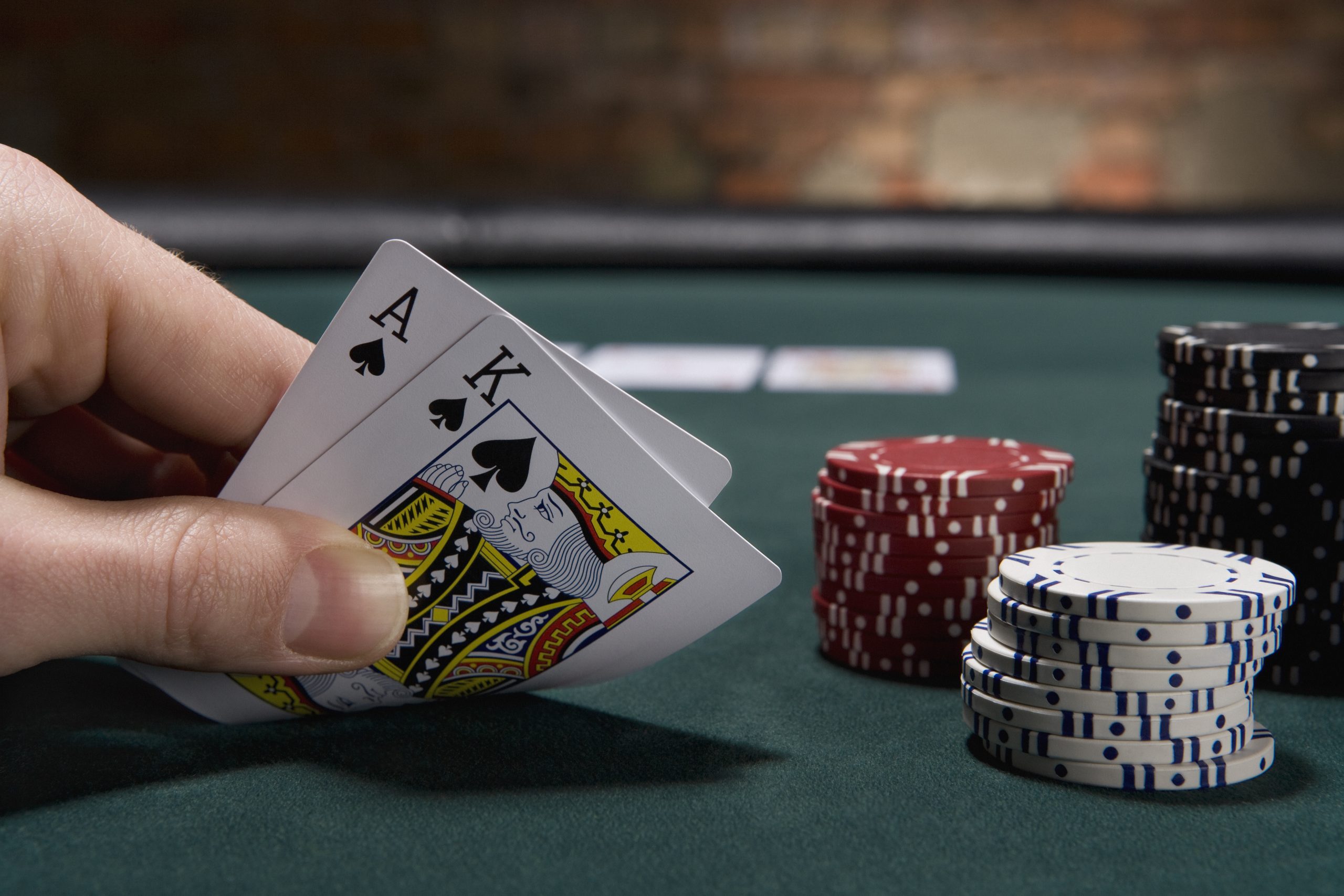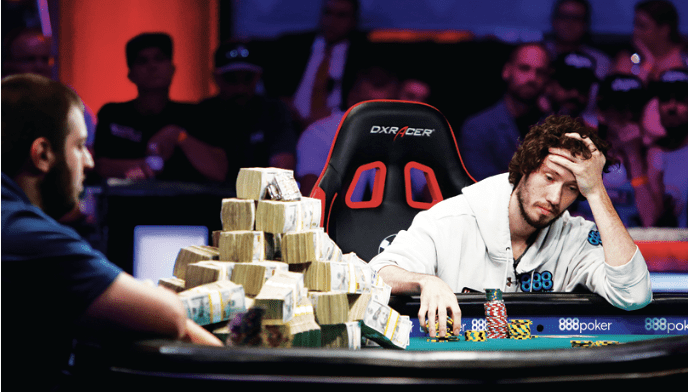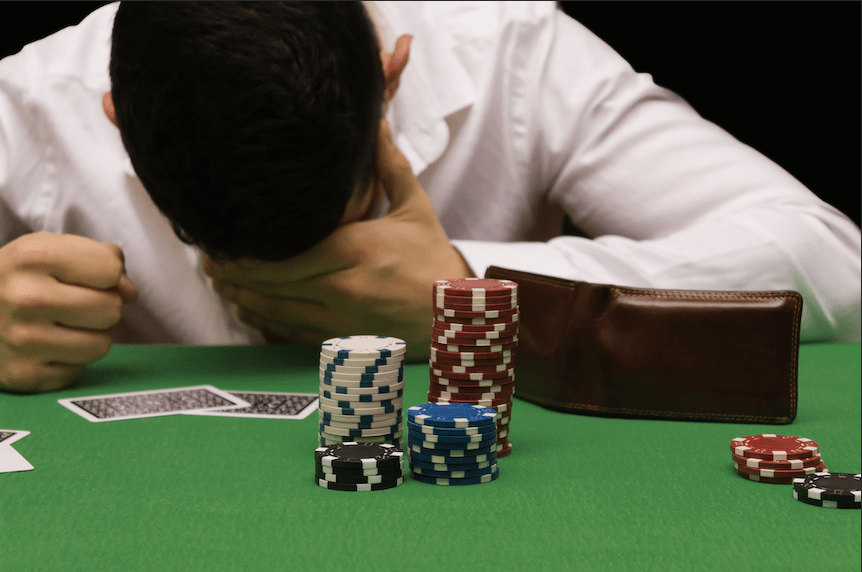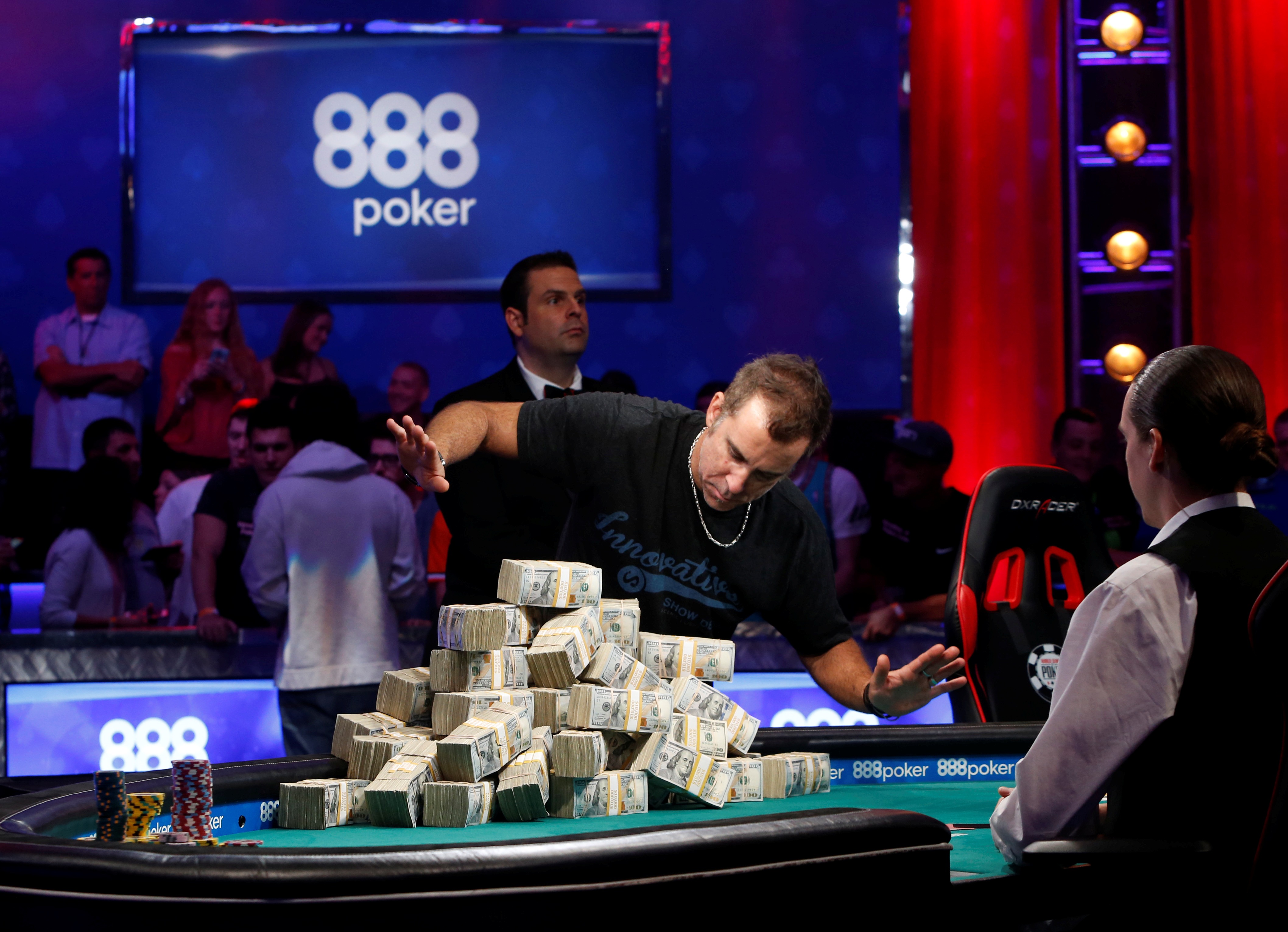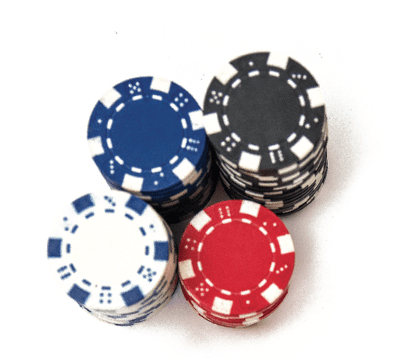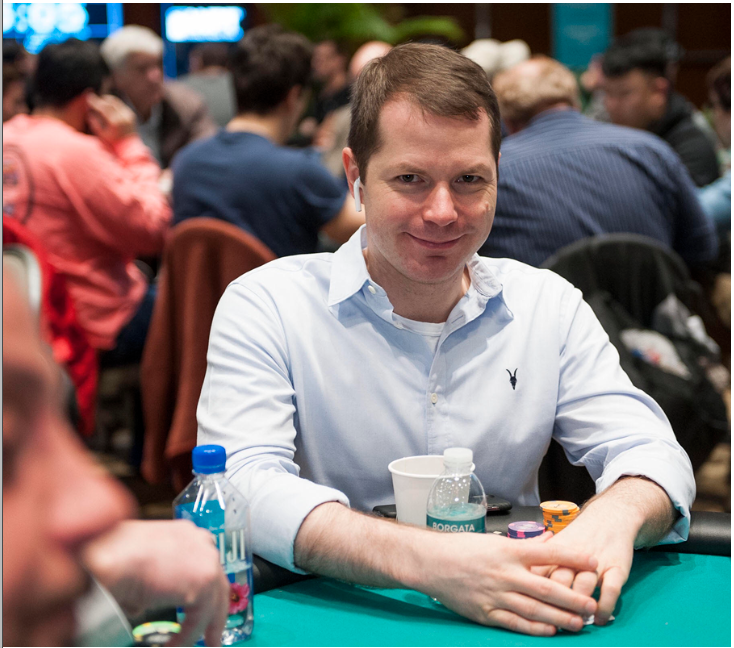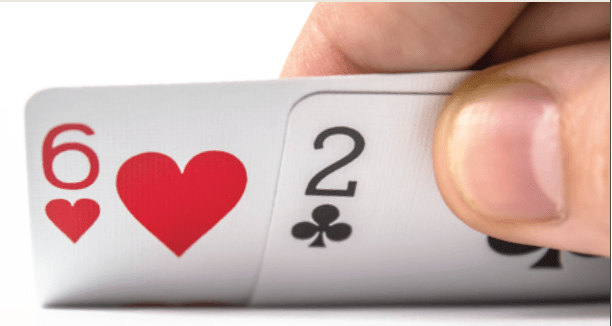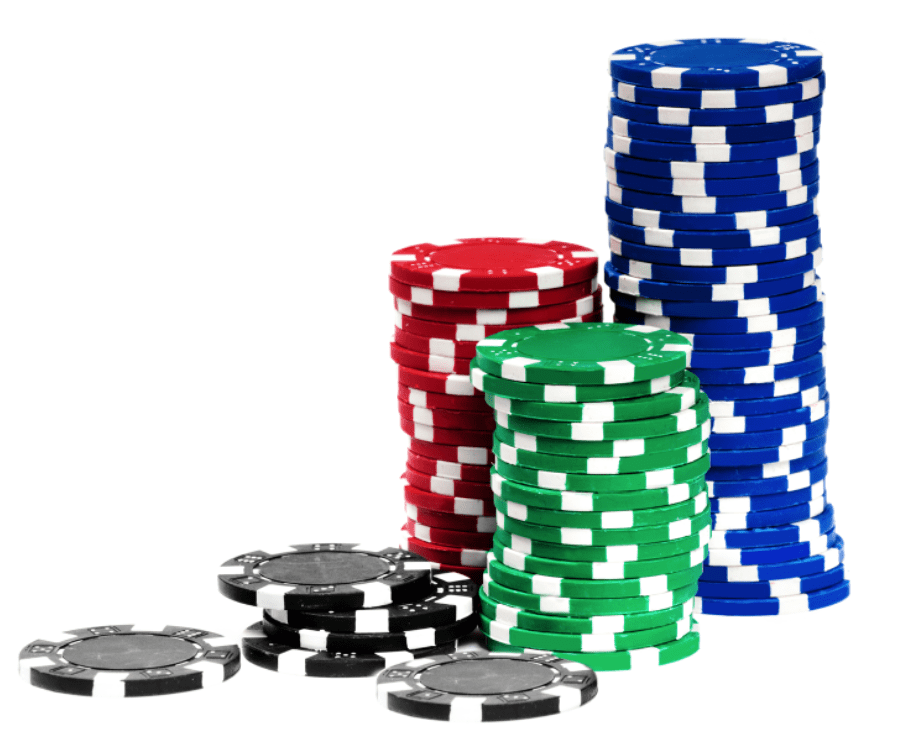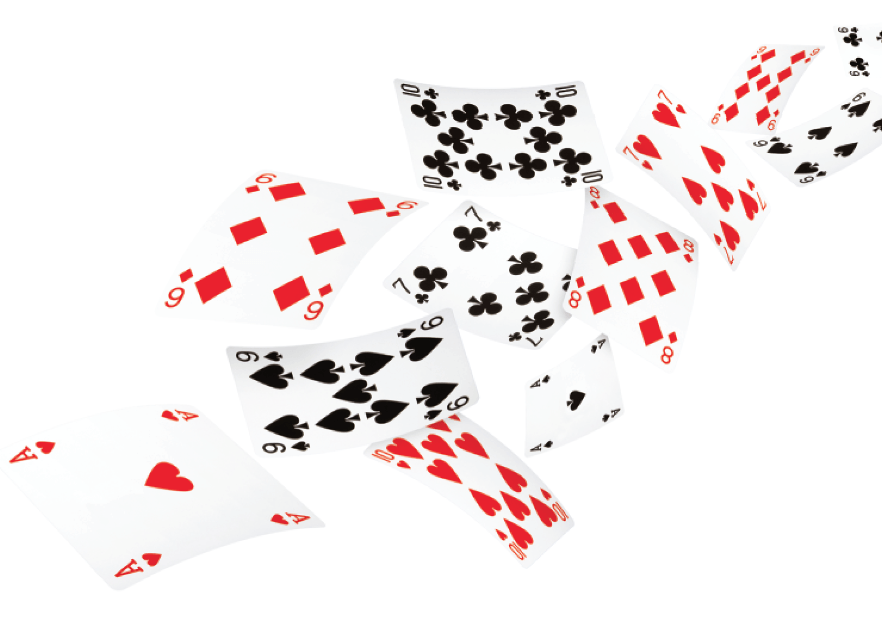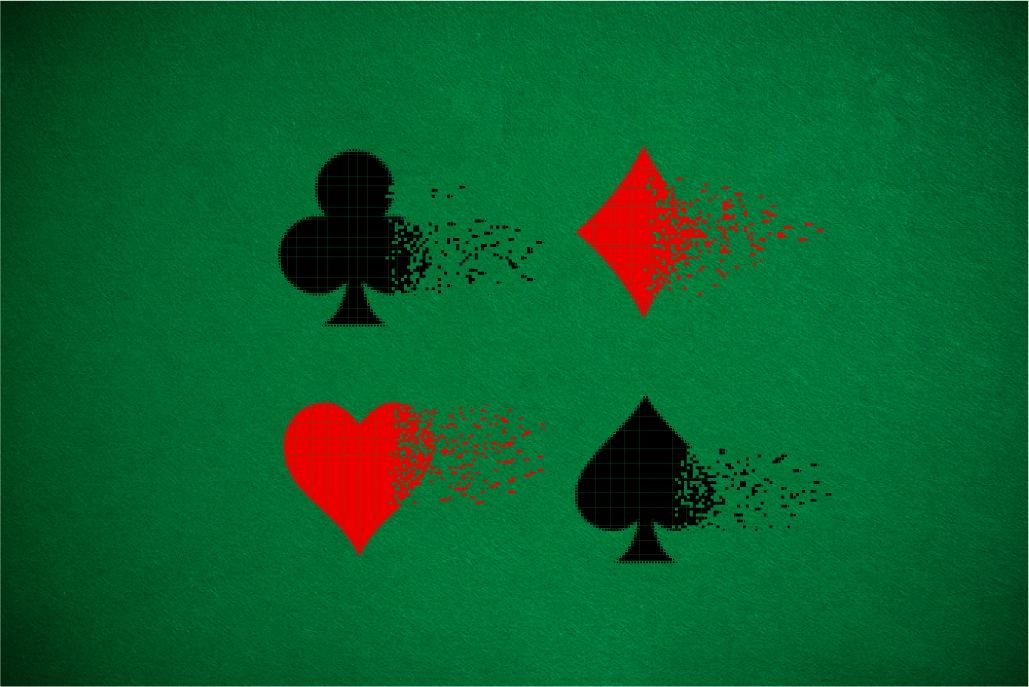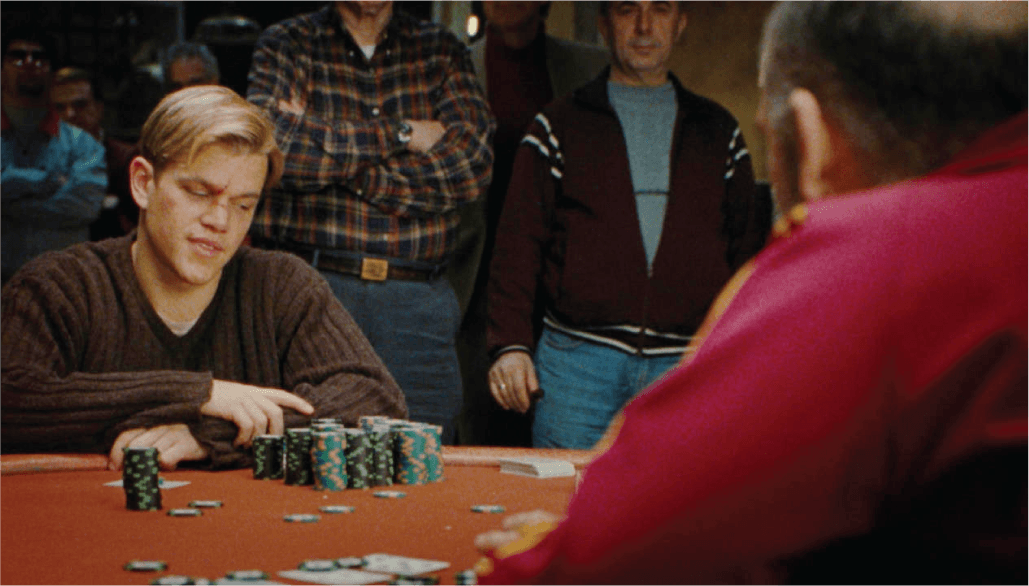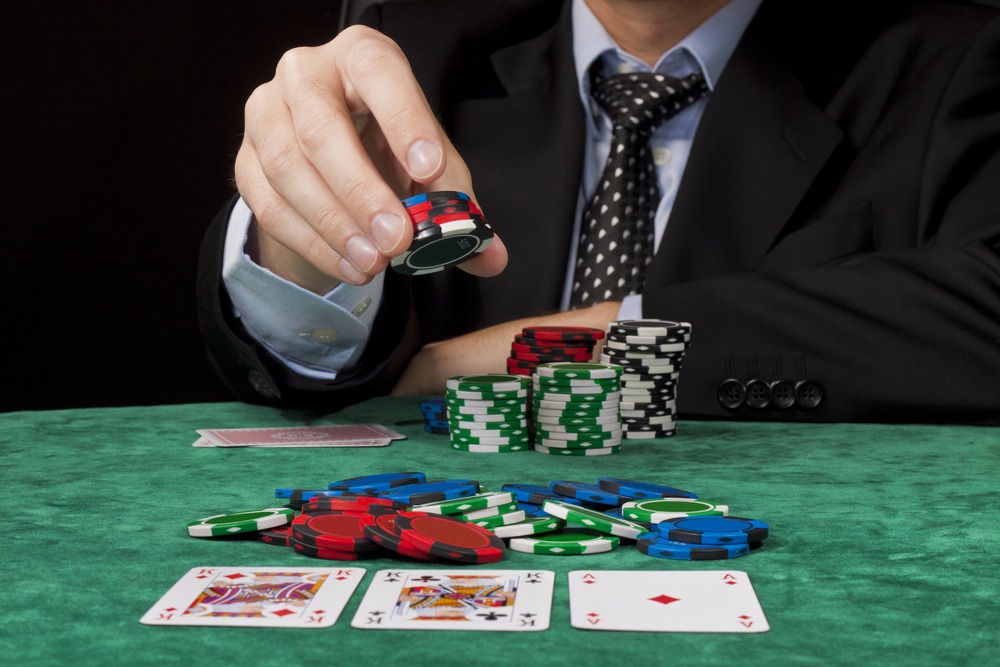Essential Tips for Online Poker
COVID-19 has shuttered the casinos, so here’s what amateurs need to know to play online with the pros.
The COVID-19 virus has wreaked havoc not only on the economy in general but also on the live poker arena. Essentially, all casinos have closed, forcing poker players to play online instead.
Anyone new to online poker will find that it somewhat similar to live poker but should note a few major differences. In a casino or home game, players can see their opponents. That enables astute readers of people to adjust their strategy to take advantage of the mistakes opponents are making.
For example, a specific opponent might sit up a bit more when he has a strong hand and slouch with a weak hand. When his posture improves, fold decently strong but non-premium hands. When the slouch returns, bluff him out of the pot.
Online, players can’t see opponents. Some strong live players fail online because their best skill (reading their opponents’ mannerisms) has been taken away.
But instead of relying on physical tells, players should instead learn a fundamentally sound strategy and adjust it only if opponents make mistakes they can capitalize on.
Some strong live players fail online because their best skill has been taken away.
Declining win rate
In live poker, a potential win rate can be quite high, perhaps 30 big blinds per 100 hands in cash games filled with recreational players. With $1/$2 no-limit, that works out to about a $20 per hour win rate.
Online though, players are generally stronger at the same buy-in, resulting in much lower win rates. At $1/$2 online, the best players in the world win about $8 per 100 hands, which is about 40% as much as live players.
That may not sound too bad because more hands are played per hour online, but consider the fate of those who aren’t the best players in the world. If they win at $10 per hour live, they may win only $2 per hour online—or even lose.
As the win rate decreases, players must keep a larger bankroll to ensure they don’t go broke because of the standard variance of poker. In general, strong live players may need to keep only 25 buy-ins in their bankroll, whereas online players often need 100 buy-ins or more. Make sure to understand the variance of the game before signing up to play!
More than one table
When playing live, there’s only one table to focus on at a time. Playing just one table online leaves a long wait for the next hand. With a lot of downtime, why not play more tables?
A pro who sits down for a long online tournament session might load up 20 tournaments at a time ranging from $100 to $2,500 buy-ins. That provides the opportunity to invest a lot of money in a short period of time, even with a relatively low win rate at each individual table. Winning a little bit on a lot of tables can produce more profits in the long run than winning a bit more on only a few tables.
While readers may not want to learn to play 20 games at once, they should learn to play at least four. To master that skill, spend a few hours playing about twice as many tables as normal but for tiny stakes. Continue playing tiny stakes while adding more tables. Once a player can handle eight or so at a time, playing four will seem like a breeze.
Juggling lots of tables, players get comfortable with making decisions quickly and moving onto the next hand. Don’t wait to see what happens after making a substantial bet. Move on to the next decision. Shortly, it will become apparent whether that substantial bet on the other table won or lost.
Unlicensed and unregulated
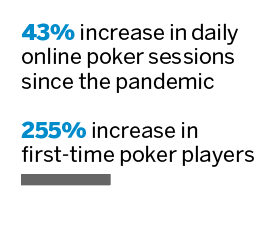
While some sort of legitimate gaming commission regulates and licenses essentially all casinos, that’s not necessarily true for online poker sites. Legal sites available in some states include PartyPoker, PokerStars, 888, WSOP and Borgata. Those sites are safe and operate like major casinos.
Play only on the licensed, regulated sites. If none are available in a region and a player decides to frequent bogus sites, he should keep only enough money in them to play for one day. Shady sites may close and refuse to return money.
The government has closed nearly every illegal site in America over the last 15 years, and the others have failed without meeting their obligations or have simply stolen money from players. If taking a risk on one, be sure to keep it minimal.
During the last year, extremely shady mobile apps have come onto the market. Don’t play on them. They may demand a deposit through a middleman the player doesn’t know, and there’s no assurance a mysterious middleman will pay winners. The apps have the potential to be crooked in many ways. They don’t have security or fraud teams. Strong online players may lose on the apps, mainly from rarely winning when they get all-in. If something seems fishy, it probably is. The apps are nothing but trouble. Be smart!
PokerStars Sunday Million
An international online poker tournament held late in March shattered a record for entries and generated an $18.6 million prize pool, making it one of the largest online tournaments ever. PokerStars said the “Sunday Million” prize pool was the largest in company history. A record 93,016 entries played in the $215 buy-in tournament.
“AAAArthur” bested the other finalists, winning the championship on the final hand with a full house—twos over Jacks—and collecting nearly $1.2 million. Runner-up “CrAzY sTeFaN” pocketed $921,328. It’s the third-largest prize pool in the history of online poker.
Jonathan Little, a professional poker player and WPT Player of the Year, has amassed more than $7 million in live tournament winnings, written 14 best-selling books and teaches at pokercoaching.com.
@jonathanlittle

